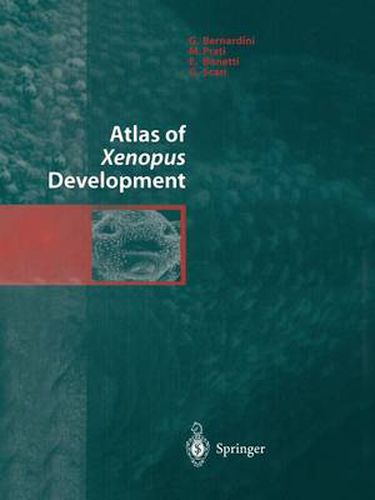Readings Newsletter
Become a Readings Member to make your shopping experience even easier.
Sign in or sign up for free!
You’re not far away from qualifying for FREE standard shipping within Australia
You’ve qualified for FREE standard shipping within Australia
The cart is loading…






This title is printed to order. This book may have been self-published. If so, we cannot guarantee the quality of the content. In the main most books will have gone through the editing process however some may not. We therefore suggest that you be aware of this before ordering this book. If in doubt check either the author or publisher’s details as we are unable to accept any returns unless they are faulty. Please contact us if you have any questions.
Developmental biology attracts scientists from many different areas of biology, and the amphibian Xenopus holds a special place among the organisms studied as a model of vertebrate development. Until now, no recently published atlas existed to aid researchers and students coming to the Xenopus embryo for the first time.
The present book satisfies this need. With its synthesizing approach and its generous provision of beautiful scanning, transmission, and light microscopy images, this unique volume will be a standard reference not only for developmental biologists but for all students of embryology, histology, and comparative anatomy.
$9.00 standard shipping within Australia
FREE standard shipping within Australia for orders over $100.00
Express & International shipping calculated at checkout
This title is printed to order. This book may have been self-published. If so, we cannot guarantee the quality of the content. In the main most books will have gone through the editing process however some may not. We therefore suggest that you be aware of this before ordering this book. If in doubt check either the author or publisher’s details as we are unable to accept any returns unless they are faulty. Please contact us if you have any questions.
Developmental biology attracts scientists from many different areas of biology, and the amphibian Xenopus holds a special place among the organisms studied as a model of vertebrate development. Until now, no recently published atlas existed to aid researchers and students coming to the Xenopus embryo for the first time.
The present book satisfies this need. With its synthesizing approach and its generous provision of beautiful scanning, transmission, and light microscopy images, this unique volume will be a standard reference not only for developmental biologists but for all students of embryology, histology, and comparative anatomy.